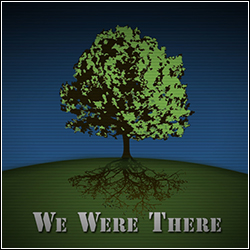About "We Were There"
“We Were There” is a quarterly lecture series featuring past and present CDC investigators – the original Disease Detectives – as they share their personal perspectives on historically important, CDC-led epidemiologic and laboratory investigations. This series will provide insight into the rich past of CDC and give the audience a chance to hear first-hand accounts from the responders.
The purpose of this series is to capture personal experiences. It is a rare opportunity to hear insights and personal experiences directly from the people who led these investigations. We hope you will be able to participate in the live events, but just in case, we offer this website where we will host all the information about each program, along with the video of the event.
“We Were There" Logo - The Tree

Whether responding to preventable diseases or infectious outbreaks, terrorist threats or natural disasters, injuries or environmental hazards, every area of CDC works to ensure the health security of America and the world. CDC increases the health security of our nation. As the nation’s health protection agency, CDC saves lives and protects people from health threats. To accomplish our mission, CDC conducts critical science and provides health information that protects our nation against expensive and dangerous health threats, and responds when these arise.
The tree logo represents the new growth of CDC, and the new people working in public health growing from the roots of those who came before them – like all of us.
“We Were There" - Opening Video
Watch the opening sequence of the “We Were There” presentation. Did you see everything in the opening video? Learn more about the images featured in the video by visiting our Opening Video Background page.
- Page last reviewed: June 15, 2017
- Page last updated: June 15, 2017
- Content source:
- Office of the Associate Director for Science


 ShareCompartir
ShareCompartir